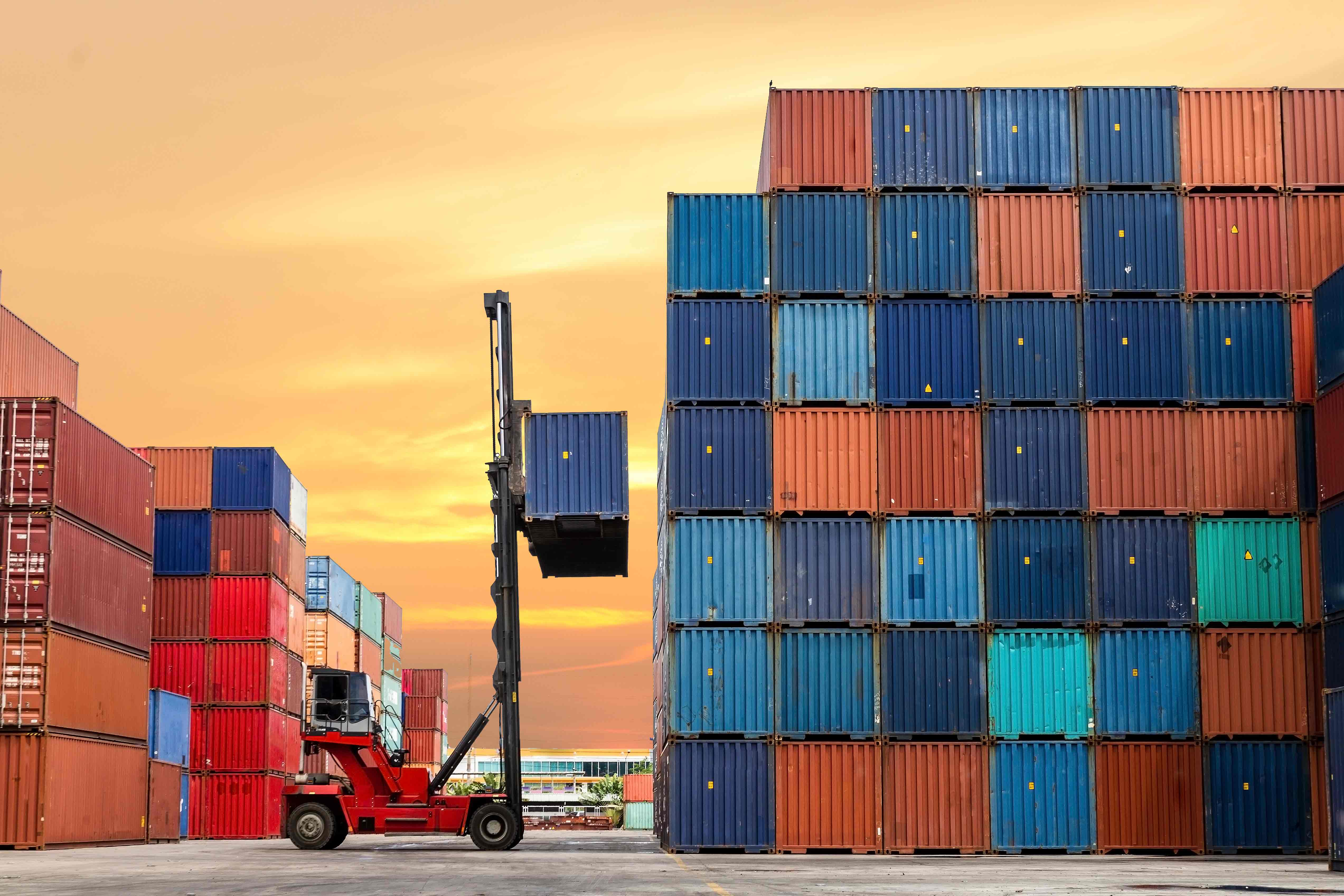Globally, supply chains of many organizations have seen and experienced numerous disruptions and challenges. For instance, due to restrictions caused by the global health crisis and the conflict in Europe, acquiring raw materials and delivering end products has become challenging for businesses.
A 2020 study by Ernst & Young LLP revealed that 72 percent of the 200 senior-level executives in the supply chain indicated that the global health crisis had negatively impacted their organizations. Such a situation reinforced the importance of better coordination and collaboration in businesses’ supply chains.
And while the world enters the post-pandemic stage, conversations about pursuing agile, resilient and sustainable supply chains remain due to continuous disruptions worldwide. But how can organizations transform their supply chains? And what is the role of technology in helping them thrive in today’s world?

In a July 2022 virtual event titled “Building Intelligent, Resilient, and Sustainable Supply Chains” conducted by the Supply Chain Management Association of the Philippines (SCMAP), in collaboration with SAP, Simone Pigason, Head of Digital Supply Chain of SAP South East Asia, spearheaded a panel discussion with supply chain leaders from SAP, SCMAP, and the Globe Group. They discussed how supply chains changed in the Philippines and how businesses can survive and thrive in the current business environment.
Changes in PH Businesses’ Supply Chains
Pierre Carlo Curay, President of SCMAP, said the pandemic brought various changes to organizations’ supply chains. Curay remarked that people, whether on the private or government side, now understand the significance of supply chains, even local ones, especially with what is happening on the global stage, having seen its role in accelerating digitalization by around 10 years.
“Reliability is now more important in the supply chains, especially in logistics and supply, followed by speed. We must get the stuff we ordered even with what is happening, such as supply chain disruptions or inflation. It is unlike before where cost was the vital factor before speed and reliability,” Curay added.
Suzy Urbano, Vice President for Enterprise Services of Globe’s Information Services Group pointed out that the change in customer behavior, expectations, and values amid the pandemic propelled the company to reimagine how it manages its supply chain, modifying its business objectives and aspirations.
“As we target same-day delivery, it pushed us to change our processes and policies. It led us to enhance our applications, implement new tools, and add new logistics partners to achieve it,” said Urbano.
Globe has been a long-time partner of SAP, utilizing tools including Ariba and Concur, which has not only automated internal process, but also limited the use of paper and promoted more efficient operations.
Pigason conveyed how the global health crisis also showed why the supply chain and manufacturing are essential.
“Today’s disruptions present complex challenges to the supply chain and manufacturing. That is why businesses are putting these factors back at the center for business success,” added Pigason.
All these changes in the supply chains redefined the dynamics in organizations. Curay further added that there is now a need for a more integrated supply chain to foster collaboration, increasing efficiencies. “By connecting people and departments, an organization can enhance collaboration among everyone and leads to more efficiencies.”
How to Enable a Pandemic-Proof Supply Chain
And while many changes happened during the health crisis, Urbano mentioned that Globe had become “pandemic-proof” after implementing the right technology as part of the company’s digital journey.
One of these many instances was when Globe applied SAP Integrated Business Planning (SAP IBP) in 2018 before migrating to SAP’s SAP S/4HANA offer in 2019. Urbano said that it helped the telecommunications company embark on its mission to improve its forecasting and allocation to ensure that stocks are at the right place and time. She added that Globe also developed programs in SAP S/4HANA to automate the identification of inventory proximity to the delivery address.
But, how can organizations transform their supply chains to be intelligent, resilient, and sustainable?
Pigason explained that companies must first determine where they are on their digital transformation journey. She noted that businesses must define their priorities and establish realistic KPIs and time frames. From there, organizations can then ask themselves what technologies they can embed today and how to scale them up and achieve rapid adoption while being prepared for change management.
“Before starting a digital transformation journey, organizations must know where to start. They also need a roadmap with the right KPIs. It is followed by adopting technologies to embed all the networks. All these are significant steps to support a smoother, more efficient business transformation that help in future-proofing supply chains against disruptions,” Pigason added.



